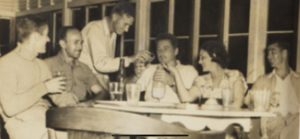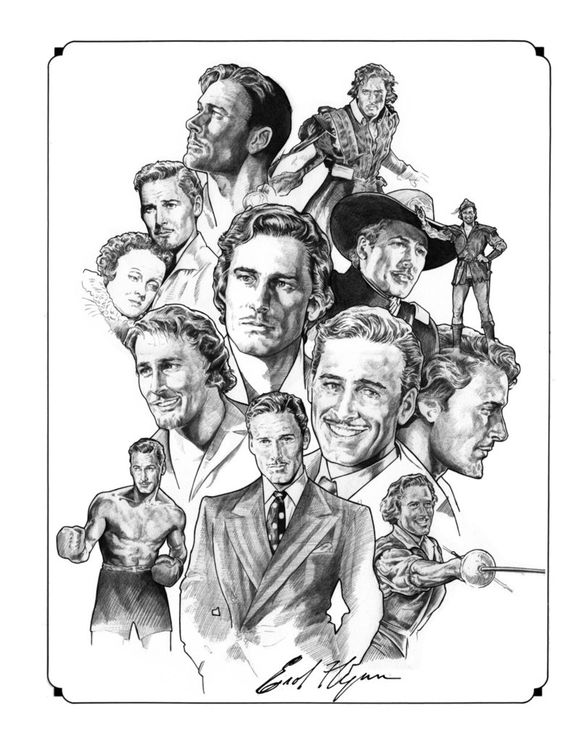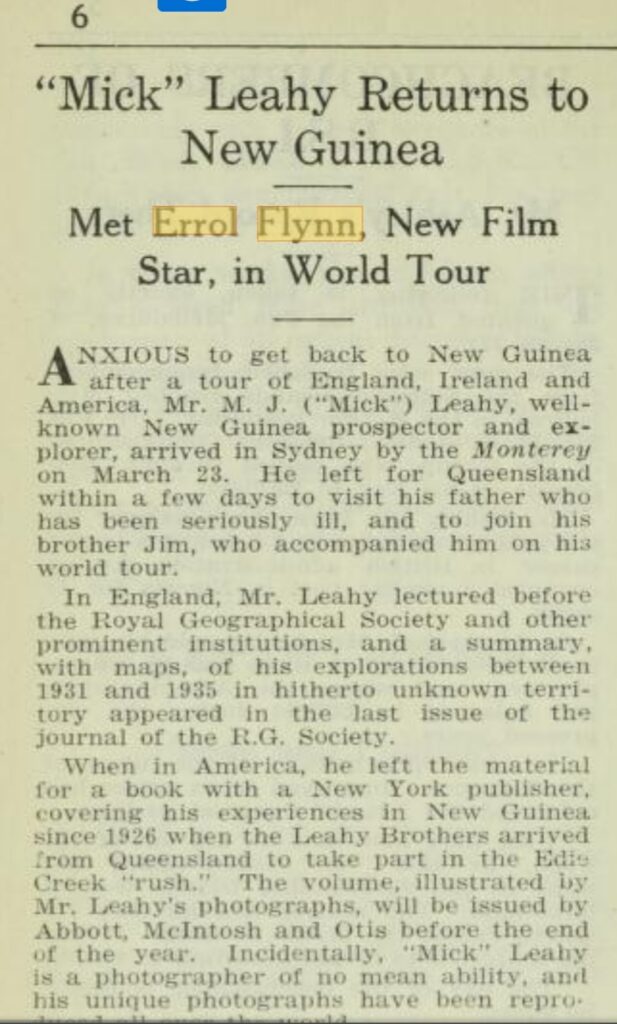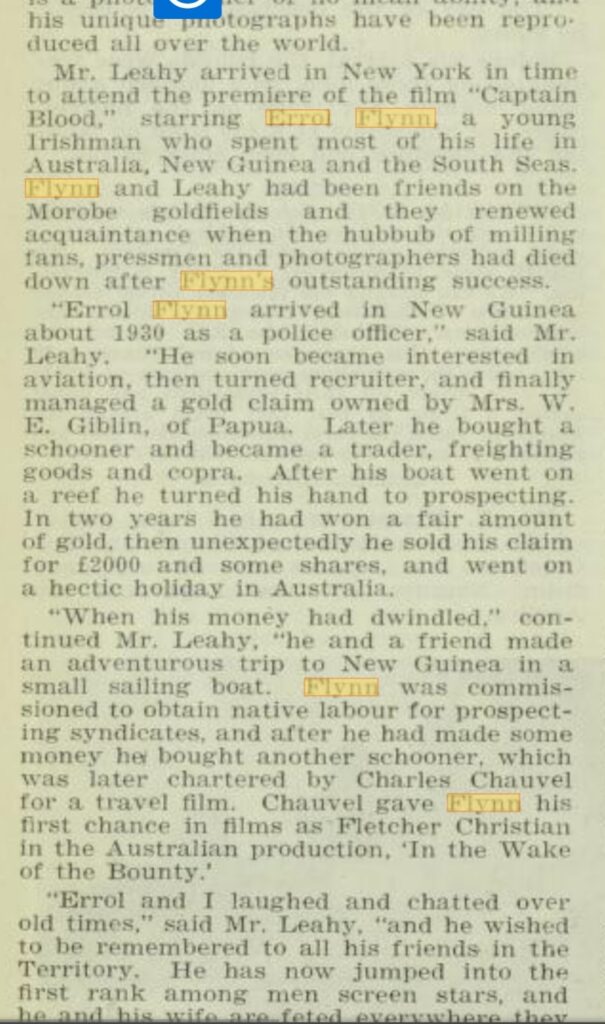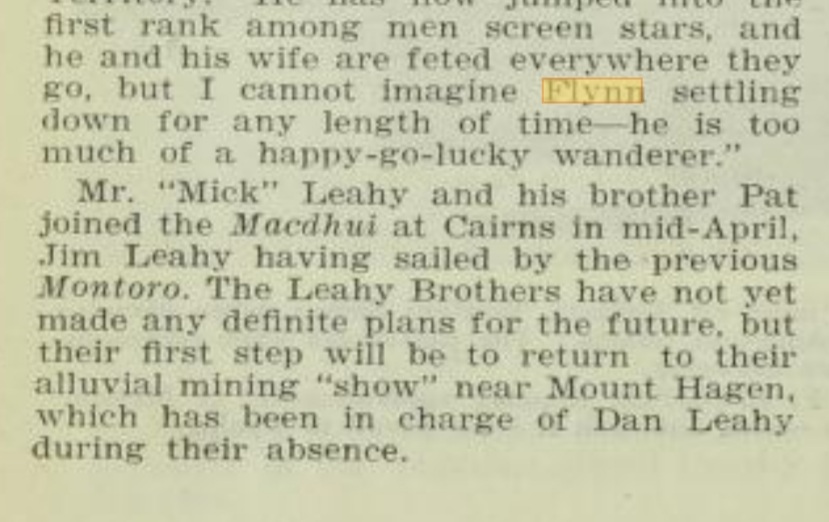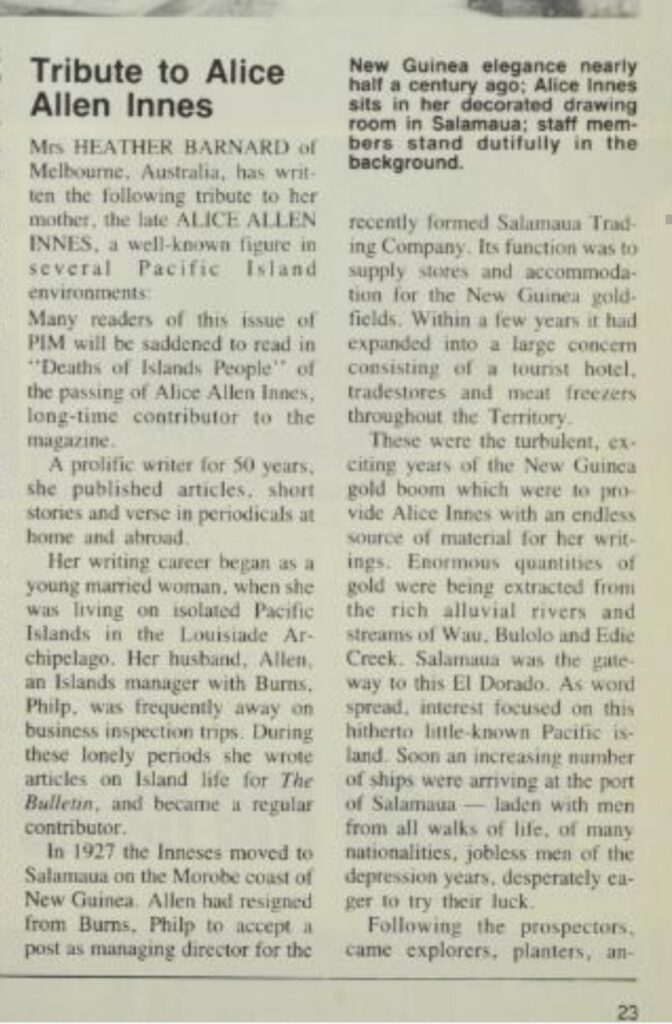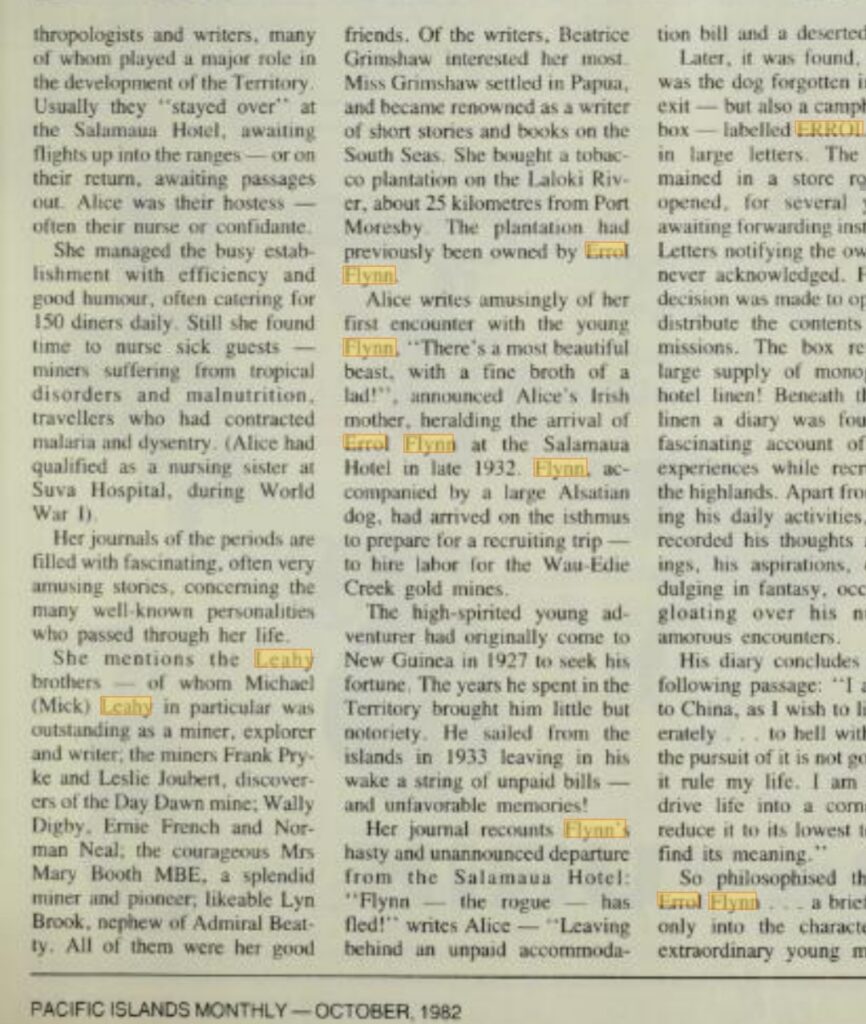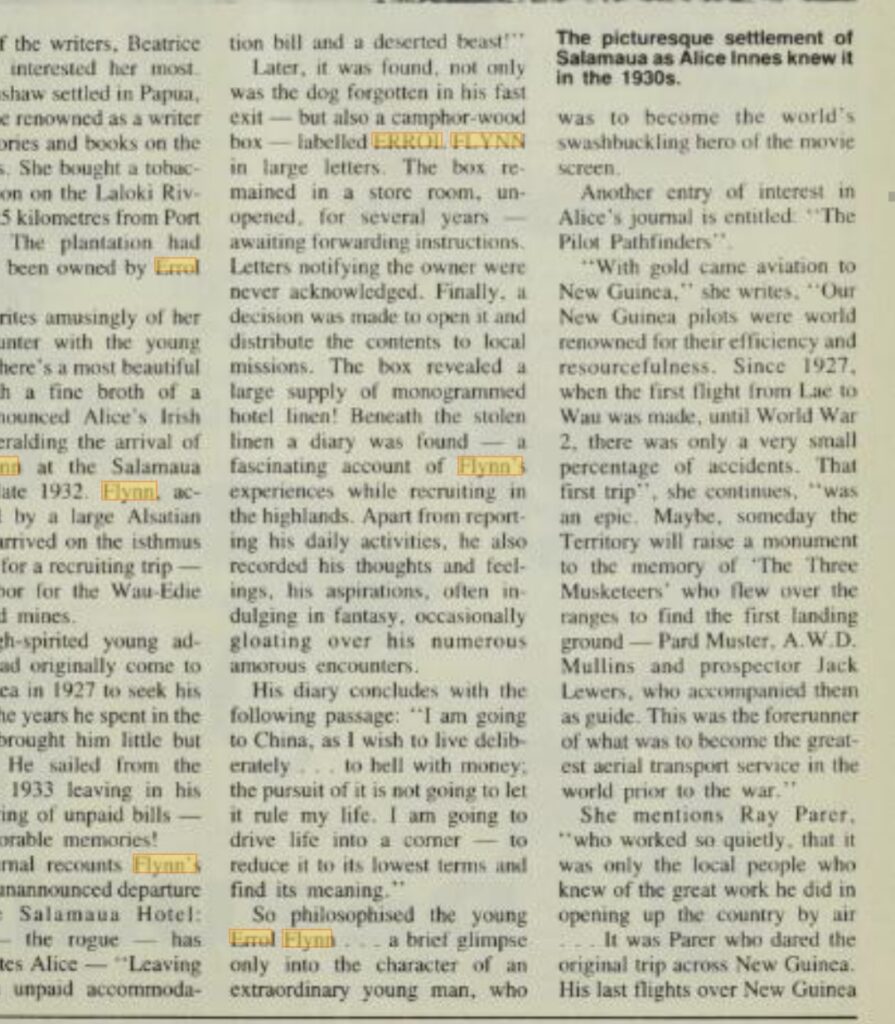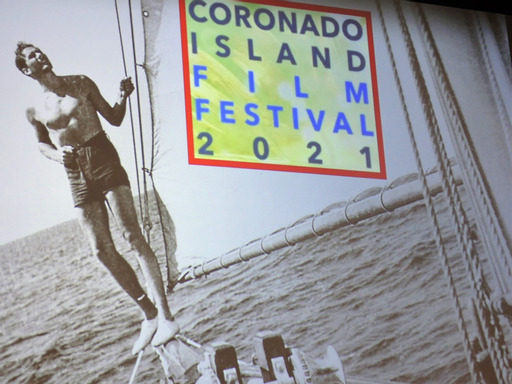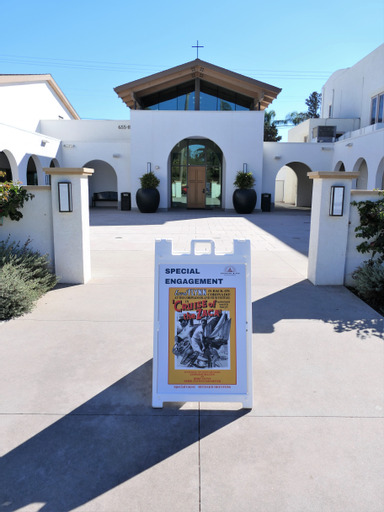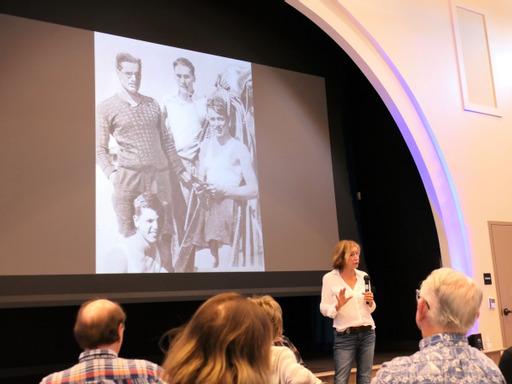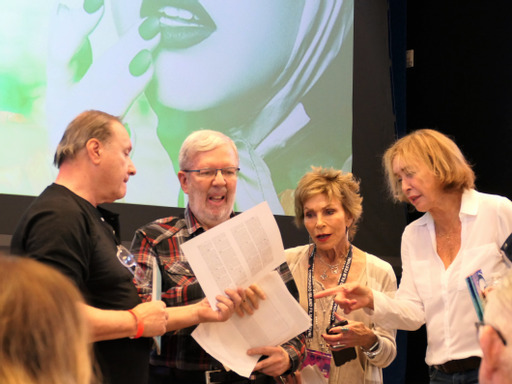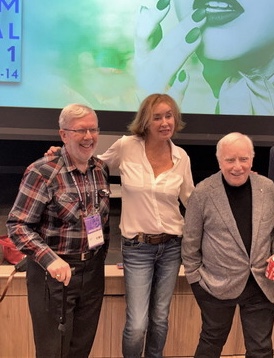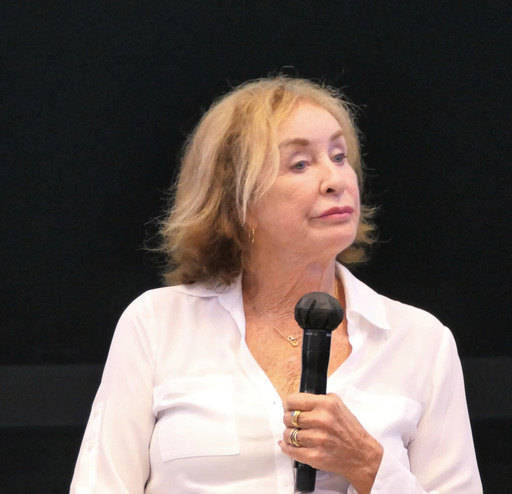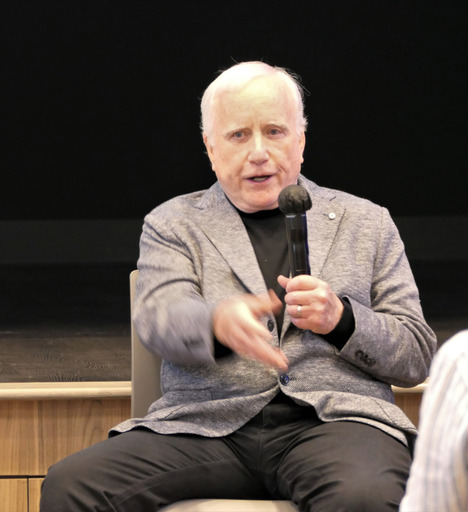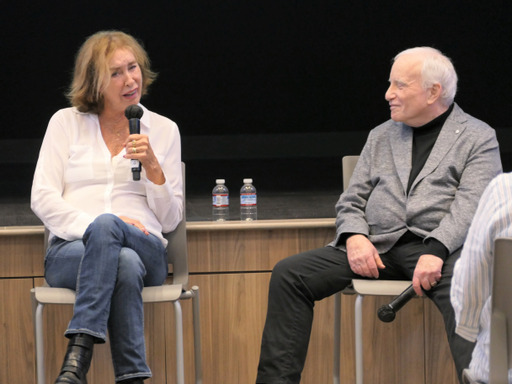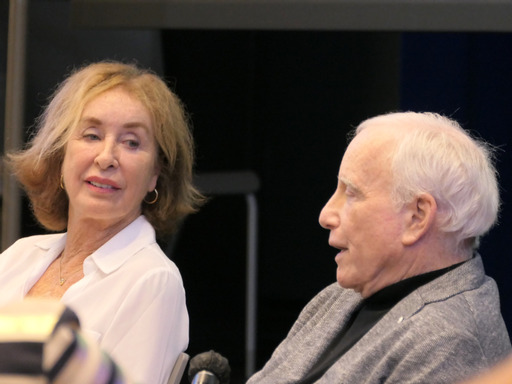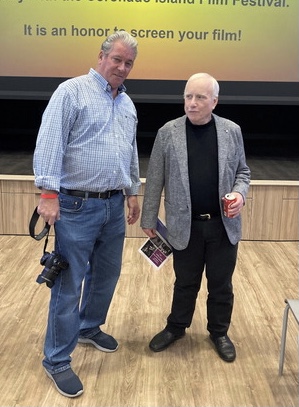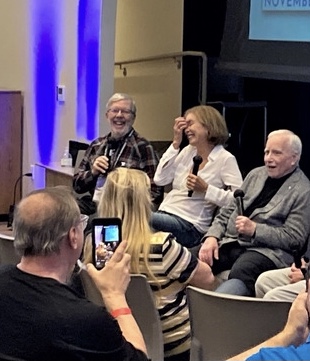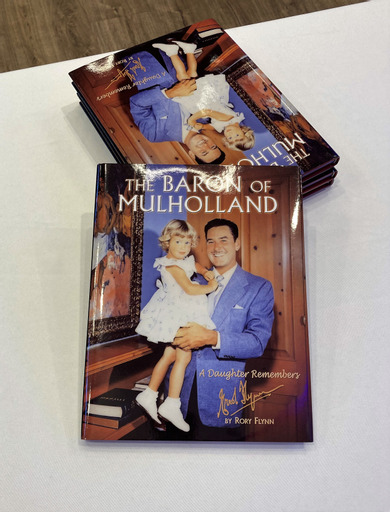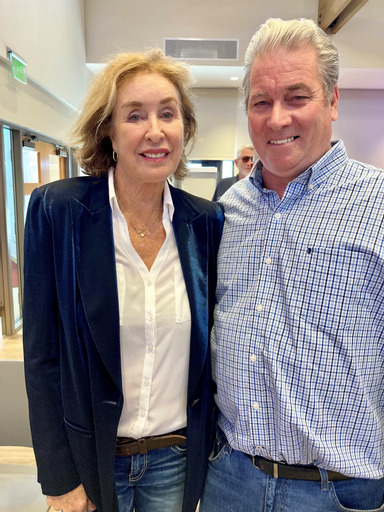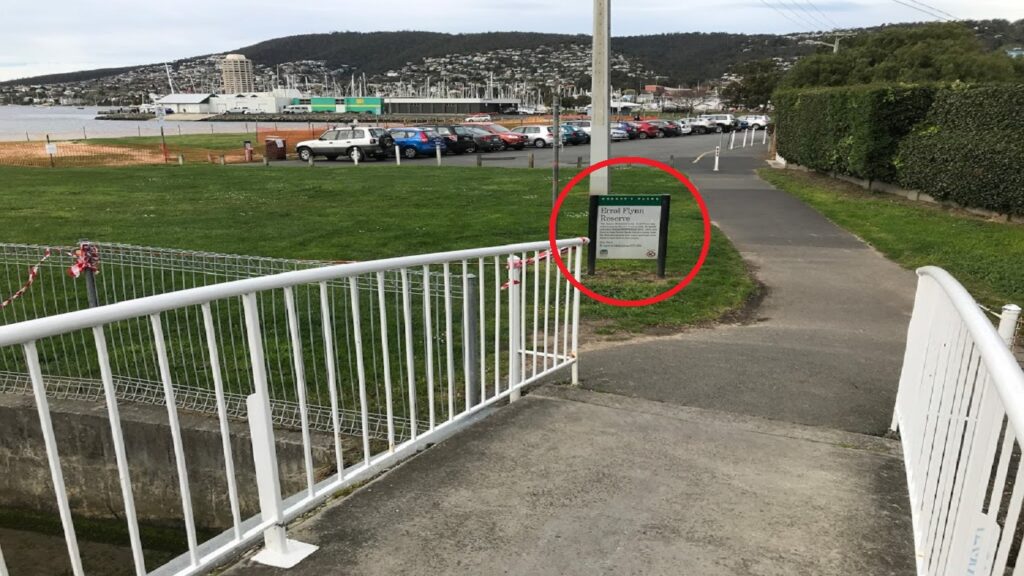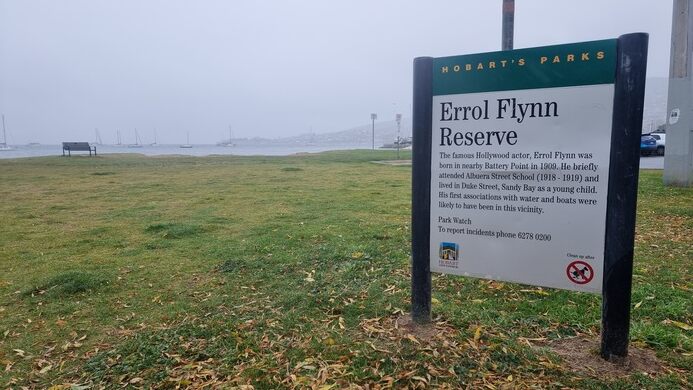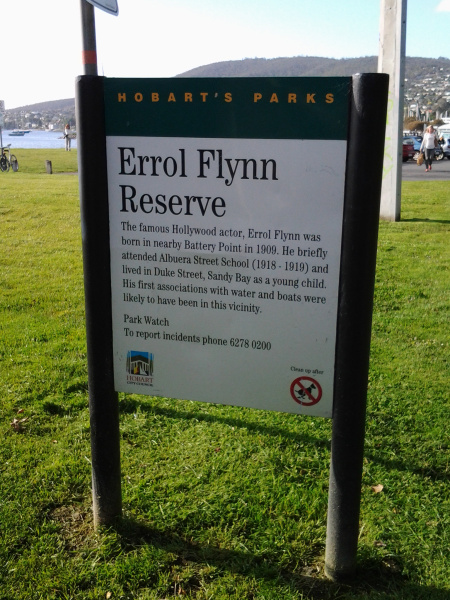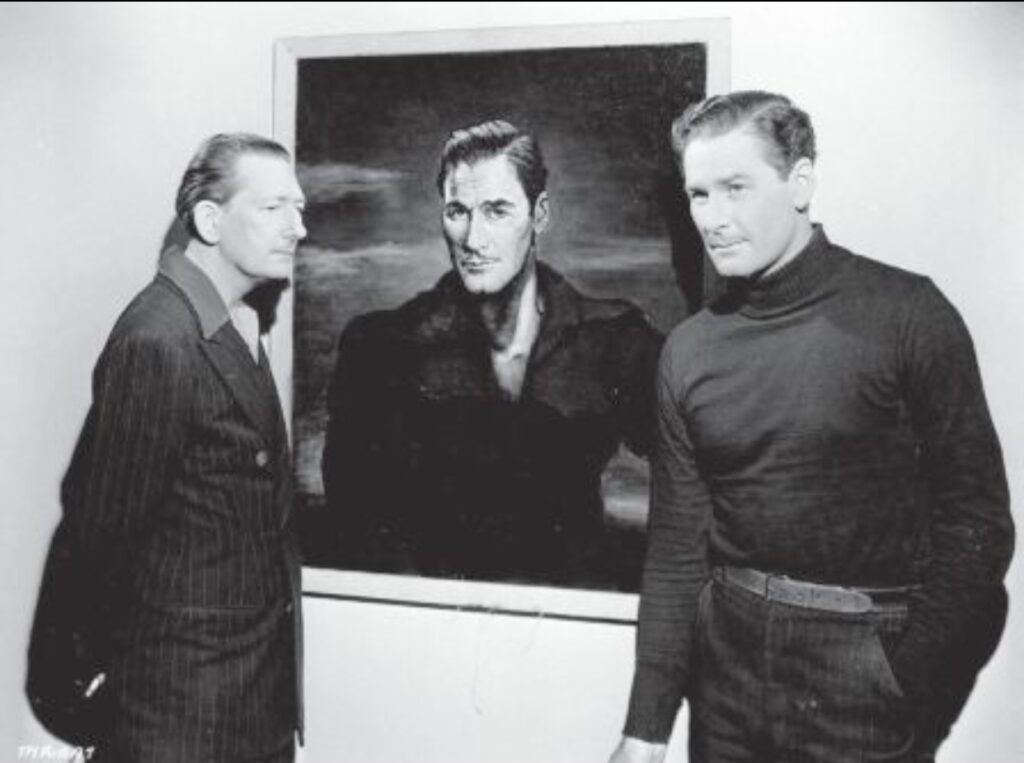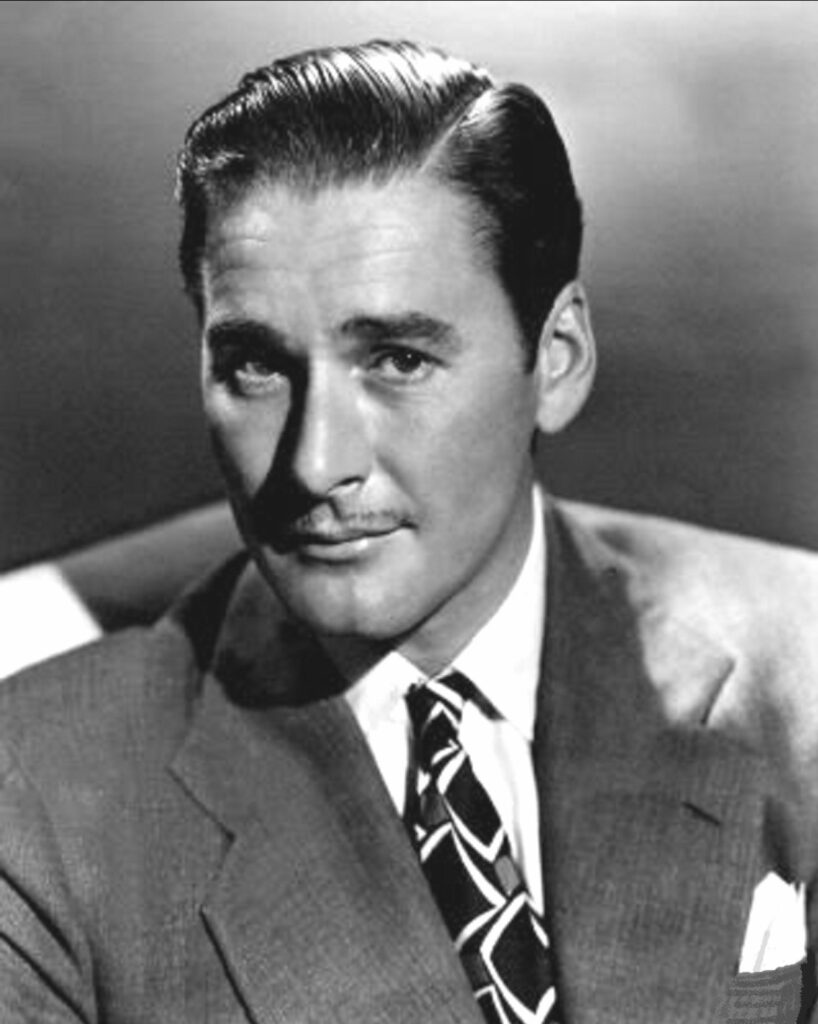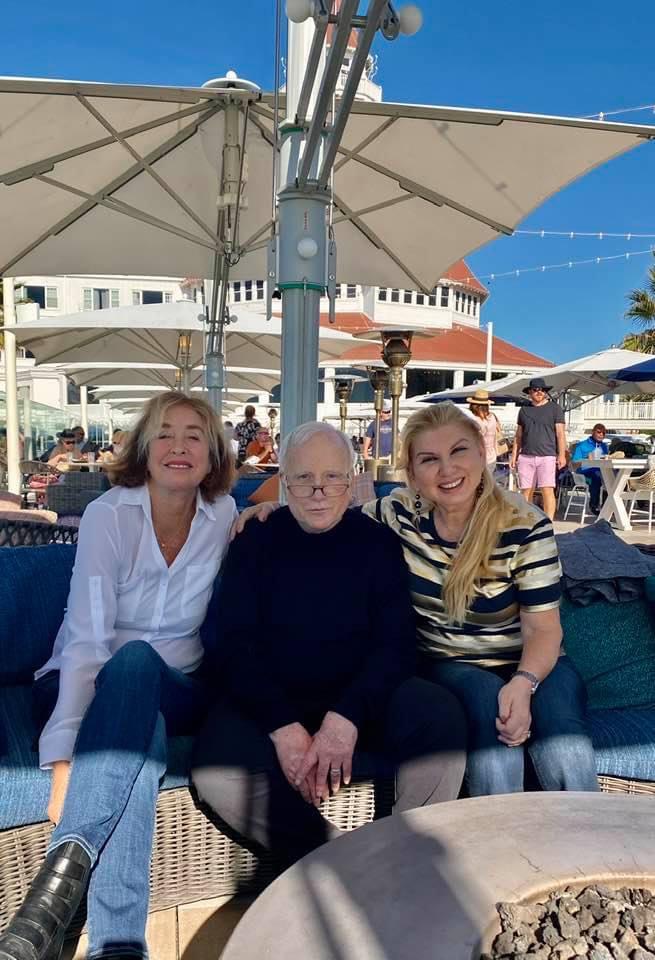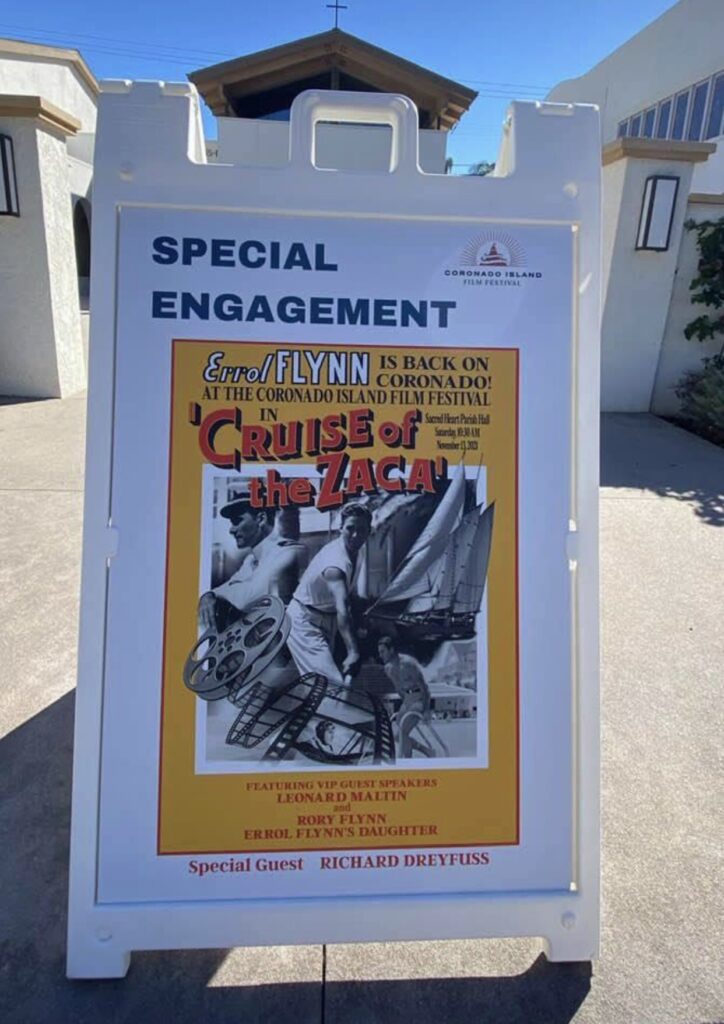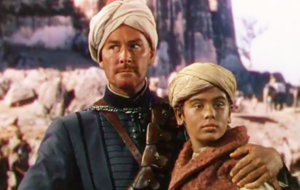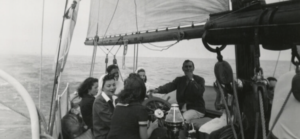
Dear Flynnmates,
let me take you on a little ship trip again. Some images have been shown here before and if you remember we wondered who the lads and the ladies in attendance were.
Weekend Cruise with Errol Flynn! « The Errol Flynn Blog
The opinions varied and in the end we had some pretty educated guesses as well as far out assumptions. Let`s rock the boot one more time and look at the who`s who at the helm of the Sirocco.
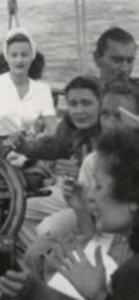
I think Karl is right, the lady in white looks a lot like Cabot`s girl from the Vanderbilt wedding and not Beverly Tyler .
Then I opt for a black tanned Bud Ernst and his two time wife Betty Furness holding on to the steering wheel.
Big Boy is a fix, while Lupe Velez is a nix. That`s not her. Not sure if it is Barbara Weeks either.
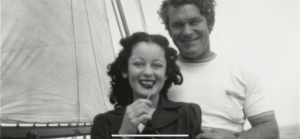
Now things get interesting. I think I saw a young Otto Reichow pleading love to one of the girls. This would be quite a find, since we know Otto only from photos at Flynn`s funeral and poolside with Beverly Aadland.
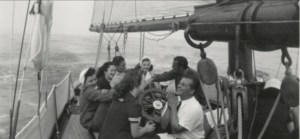
Here is a picture at a different angle with the man facing the camera.
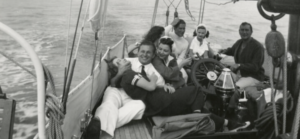
If I had any money I`d bet it on Reichow to win by a whale`s length.
Maybe that`s why I don`t have any.
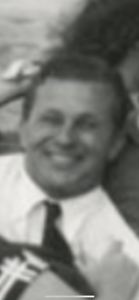
Here he is in later years.
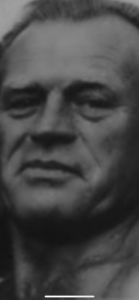
I leave it for you to decide.
But the real trove would be, if that girl behind his left was a young Ava Gardner. In her biography she wrote she went out with Flynn before her career took off. They stayed friendly and years later were starring together in “The Sun also rises”. Flynntimo Ventu Sala told me Errol stood her up once in Mallorca, when she came to his hotel room door and he wouldn`t/couldn`t open the door.
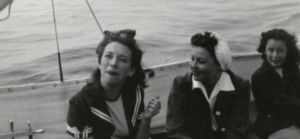
Anyways, what do you think?
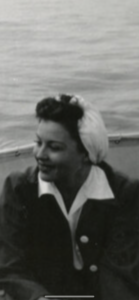
Here she is on the movie lot in another relaxing pose.
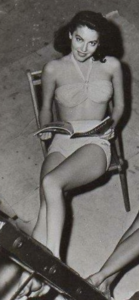
I may have a winner here.
Enjoy,
— shangheinz
